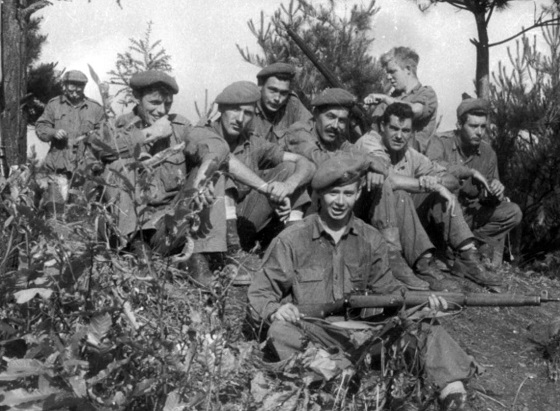Opinion
December 2019 progress report on Red Deer Air Quality, Are we serious about this?

The fine particulate issue has been plaguing Red Deer for a decade. CBC did a story on Sept 9 2015 describing Red Deer’s air quality as the worst in Alberta which has the distinction of being the worst in Canada. A committee was established. This is part of their update.
December 2019
The Red Deer Fine Particulate Matter Implementation Progress Report (the report) provides an update on
the state of the management actions for fine particulate matter management in the Red Deer area. Alberta
Environment and Parks, and members of the Red Deer Air Quality Advisory Committee (the Advisory
Committee) developed three priority objectives to implement management actions to reduce fine particulate
matter (PM2.5) levels in the Red Deer Air Management Area. This report, therefore, presents highlights of
the progress of the Advisory Committee and its represented stakeholders have made in implementing the
Red Deer Fine Particulate Matter Response (the response).
The Red Deer area exceeded both the Canada-wide Standards (CWS) and the Canadian Ambient Air Quality Standards (CAAQS) for fine particulate matter (PM2.5). In 2015 the Advisory Committee was
established and charged with working to reduce the ambient levels of PM2.5 in the Red Deer Air Quality Management Area by implementing a management response. The response was released in April 2016 for implementation over 15 years.
The response contains three objectives: Action, Investigation, and
Engagement. Each objective contains management actions that the Advisory Committee can implement in
three phases: Phase 1, ending December 2020; Phase 2, ending December 2025; and Phase 3, ending
December 2030.
Purpose
The purpose of this report is to provide an update on the efforts to implement the response within the three
priority objectives that have informed the activities of Alberta Environment and Parks and the multistakeholder group to date. The three objectives are: Objective 1 (Action), Objective 2 (Investigation), and Objective 3 (Engagement).
The response is currently in Phase 1 of implementation (2015 – 2020). This report highlights the progress made since the implementation of the response in 2016, any additional priorities identified, actions to achieve by the conclusion of Phase 1 (in 2020), and the context that informs the path forward. For more
information on these objectives, please refer to the response. The goal of the response is to reduce ambient fine particulate matter concentrations and remain below the CAAQS, as measured at ambient air quality monitoring stations within the Red Deer Air Quality Management Area.
The science report identified transportation as a major source of oxides of nitrogen (NOx) and VOCs. Transportation related sources release these gasses and in turn lead to the formation of secondary PM2.5 in Red Deer. Additional investigation, specifically Provincial Air Quality Photochemical Modelling 4 continues to highlight transportation-related sources as a significant contributor to emissions that result in the formation of PM2.5. Transportation related sources include on-road and off-road sources. A wide range
of vehicles, engines and equipment types including personal and commercial vehicles, and combustion driven lawn and garden equipment contribute to transportation related emissions. Transportation related sources are concentrated near population centers.
There is more to this report but I would like to respond.
We all know that the city is trying, greening the fleet, idle-free zones, LED bulbs etc. but there are those who believe that air quality is not that important.
For example; Don’t idle but do drive 4 extra kilometres and 6 minutes longer through residential neighbourhoods and school zones. I am talking about the immediate pressing issue of the Molly Banister Extension.
We have discussed the economic costs of not extending Molly Banister with widening roads, traffic circles, pedestrian bridges and other secondary roads. We talked about business commitments to Bower Mall and south west businesses being overturned. We talked about building 6 lane roads through residential areas and school playgrounds.
We talked about building a bridge over a creek in a cow pasture that has been fenced preventing access to pedestrians and wildlife for decades.
Now we shall talk about air quality.
Thousands of cars driving 4 extra kilometres and 6 extra minutes everyday, 3,000 x 4 x 365 =4,380,000 kms per year and that is a minimal estimate. 23,500 cars per day on 32 Street servicing many neighbourhoods along 32 St. and also along 22 St.
We are talking about bridging the Piper Creek for vehicular traffic to reduce commuting.
Less commuting. Less emissions. Better air quality. Is that not the goal?
Education
Why classroom size isn’t the issue teacher unions think it is

This article supplied by Troy Media.
The real challenge is managing classrooms with wide-ranging student needs, from special education to language barriers
Teachers’ unions have long pushed for smaller class sizes, but the real challenge in schools isn’t how many students are in the room—it’s how complex those classrooms have become. A class with a high proportion of special needs students, a wide range of academic levels or several students learning English as a second language can be far more difficult to teach than a larger class
where students are functioning at a similar level.
Earlier this year, for example, the Elementary Teachers’ Federation of Ontario announced that smaller class sizes would be its top bargaining priority in this fall’s negotiations.
It’s not hard to see why unions want smaller classes. Teaching fewer students is generally easier than teaching more students, which reduces the workload of teachers. In addition, smaller classes require hiring more teachers, and this amounts to a significant financial gain for teachers’ unions. Each teacher pays union dues as part of membership.
However, there are good reasons to question the emphasis on class size. To begin with, reducing class size is prohibitively expensive. Teacher salaries make up the largest percentage of education spending, and hiring more teachers will significantly increase the amount of money spent on salaries.
Now, this money could be well spent if it led to a dramatic increase in student learning. But it likely wouldn’t. That’s because while research shows that smaller class sizes have a moderately beneficial impact on the academic performance of early years students, there is little evidence of a similar benefit for older students. Plus, to get a significant academic benefit, class sizes need to be reduced to 17 students or fewer, and this is simply not financially feasible.
In addition, not only does reducing class sizes mean spending more money on teacher compensation (including salaries, pensions and benefits), but it also leads to a decline in average teacher experience and qualifications, particularly during teacher shortages.
As a case in point, when the state of California implemented a K-3 class-size reduction program in 1996, inexperienced or uncertified teachers were hired to fill many of the new teaching positions. In the end, California spent a large amount of money for little measurable improvement in academic performance. Ontario, or any other province, would risk repeating California’s costly experience.
Besides, anyone with a reasonable amount of teaching experience knows that classroom complexity is a much more important issue than class size. Smaller classes with a high percentage of special needs students are considerably more difficult to teach than larger classes where students all function at a similar academic level.
The good news is that some teachers’ unions have shifted their focus from class size to classroom complexity. For example, during the recent labour dispute between the Saskatchewan Teachers’ Federation (STF) and the Saskatchewan government, the STF demanded that a classroom complexity article be included in the provincial collective agreement. After the dispute went to binding arbitration, the arbitrator agreed with the STF’s request.
Consequently, Saskatchewan’s new collective agreement states, among other things, that schools with 150 or more students will receive an additional full-time teacher who can be used to provide extra support to students with complex needs. This means that an extra 500 teachers will be hired across Saskatchewan.
While this is obviously a significant expenditure, it is considerably more affordable than arbitrarily reducing class sizes across the province. By making classroom complexity its primary focus, the STF has taken an important first step because the issue of classroom complexity isn’t going away.
Obviously, Saskatchewan’s new collective agreement is far from a panacea, because there is no guarantee that principals will make the most efficient use of these additional teachers.
Nevertheless, there are potential benefits that could come from this new collective agreement. By getting classroom complexity into the collective agreement, the STF has ensured that this issue will be on the table for the next round of bargaining. This could lead to policy changes that go beyond hiring a few additional teachers.
Specifically, it might be time to re-examine the wholesale adoption of placing most students, including those with special needs, in regular classrooms, since this policy is largely driving the increase in diverse student needs. While every child has the right to an education, there’s no need for this education to look the same for everyone. Although most students benefit from being part of regular academic classes, some students would learn better in a different setting that takes their individual needs into consideration.
Teachers across Canada should be grateful that the STF has taken a step in the right direction by moving beyond the simplistic demand for smaller class sizes by focusing instead on the more important issue of diverse student needs.
Michael Zwaagstra is a senior fellow with the Frontier Centre for Public Policy.
Troy Media empowers Canadian community news outlets by providing independent, insightful analysis and commentary. Our mission is to support local media in helping Canadians stay informed and engaged by delivering reliable content that strengthens community connections and deepens understanding across the country
Addictions
Canadian gov’t not stopping drug injection sites from being set up near schools, daycares
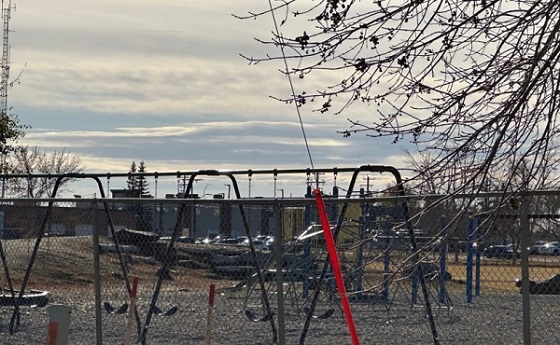
From LifeSiteNews
Canada’s health department told MPs there is not a minimum distance requirement between safe consumption sites and schools, daycares or playgrounds.
So-called “safe” drug injection sites do not require a minimum distance from schools, daycares, or even playgrounds, Health Canada has stated, and that has puzzled some MPs.
Canadian Health Minister Marjorie Michel recently told MPs that it was not up to the federal government to make rules around where drug use sites could be located.
“Health Canada does not set a minimum distance requirement between safe consumption sites and nearby locations such as schools, daycares or playgrounds,” the health department wrote in a submission to the House of Commons health committee.
“Nor does the department collect or maintain a comprehensive list of addresses for these facilities in Canada.”
Records show that there are 31 such “safe” injection sites allowed under the Controlled Drugs And Substances Act in six Canadian provinces. There are 13 are in Ontario, five each in Alberta, Quebec, and British Columbia, and two in Saskatchewan and one in Nova Scotia.
The department noted, as per Blacklock’s Reporter, that it considers the location of each site before approving it, including “expressions of community support or opposition.”
Michel had earlier told the committee that it was not her job to decide where such sites are located, saying, “This does not fall directly under my responsibility.”
Conservative MP Dan Mazier had asked for limits on where such “safe” injection drug sites would be placed, asking Michel in a recent committee meeting, “Do you personally review the applications before they’re approved?”
Michel said that “(a)pplications are reviewed by the department.”
Mazier stated, “Are you aware your department is approving supervised consumption sites next to daycares, schools and playgrounds?”
Michel said, “Supervised consumption sites were created to prevent overdose deaths.”
Mazier continued to press Michel, asking her how many “supervised consumption sites approved by your department are next to daycares.”
“I couldn’t tell you exactly how many,” Michel replied.
Mazier was mum on whether or not her department would commit to not approving such sites near schools, playgrounds, or daycares.
An injection site in Montreal, which opened in 2024, is located close to a kindergarten playground.
Conservative Party leader Pierre Poilievre has called such sites “drug dens” and has blasted them as not being “safe” and “disasters.”
Records show that the Liberal government has spent approximately $820 million from 2017 to 2022 on its Canadian Drugs and Substances Strategy. However, even Canada’s own Department of Health admitted in a 2023 report that the Liberals’ drug program only had “minimal” results.
Recently, LifeSiteNews reported that the British Columbia government decided to stop a so-called “safe supply” free drug program in light of a report revealing many of the hard drugs distributed via pharmacies were resold on the black market.
British Columbia Premier David Eby recently admitted that allowing the decriminalization of hard drugs in British Columbia via a federal pilot program was a mistake.
Former Prime Minister Justin Trudeau’s loose drug initiatives were deemed such a disaster in British Columbia that Eby’s government asked Trudeau to re-criminalize narcotic use in public spaces, a request that was granted.
Official figures show that overdoses went up during the decriminalization trial, with 3,313 deaths over 15 months, compared with 2,843 in the same time frame before drugs were temporarily legalized.
-

 Frontier Centre for Public Policy2 days ago
Frontier Centre for Public Policy2 days agoRichmond Mayor Warns Property Owners That The Cowichan Case Puts Their Titles At Risk
-
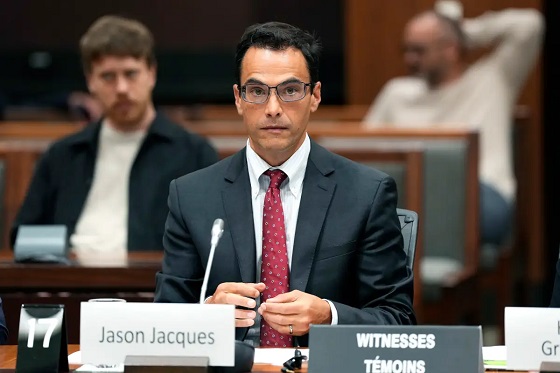
 Business2 days ago
Business2 days agoMark Carney Seeks to Replace Fiscal Watchdog with Loyal Lapdog
-
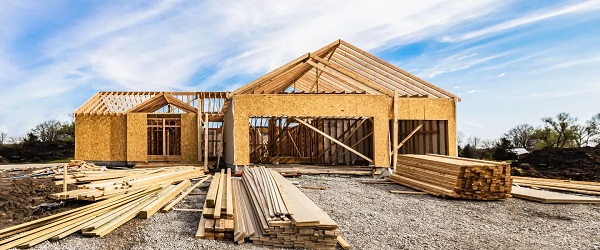
 Business2 days ago
Business2 days agoSluggish homebuilding will have far-reaching effects on Canada’s economy
-

 COVID-191 day ago
COVID-191 day agoMajor new studies link COVID shots to kidney disease, respiratory problems
-

 Daily Caller2 days ago
Daily Caller2 days agoLaura Ingraham’s Viral Clash With Trump Prompts Her To Tell Real Reasons China Sends Students To US
-
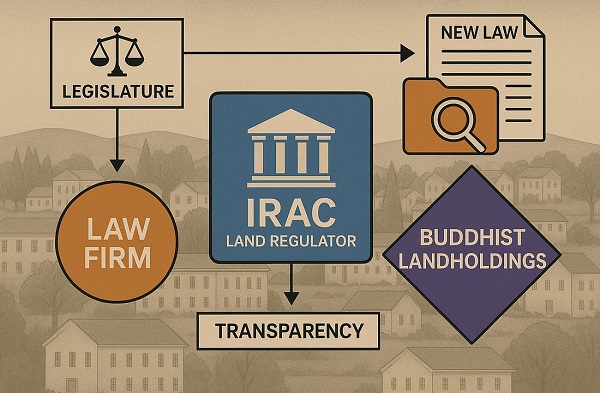
 Business1 day ago
Business1 day agoP.E.I. Moves to Open IRAC Files, Forcing Land Regulator to Publish Reports After The Bureau’s Investigation
-
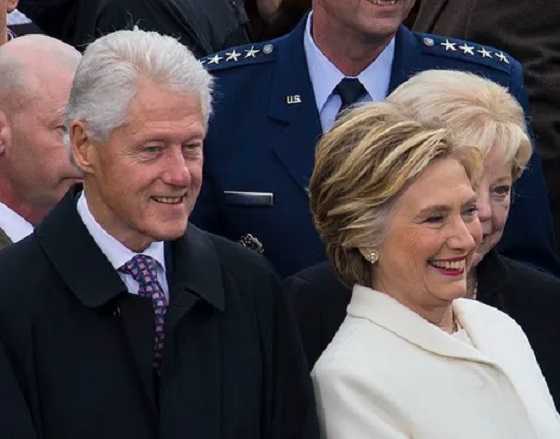
 International23 hours ago
International23 hours agoBondi and Patel deliver explosive “Clinton Corruption Files” to Congress
-

 International23 hours ago
International23 hours agoState Department designates European Antifa groups foreign terror organizations






